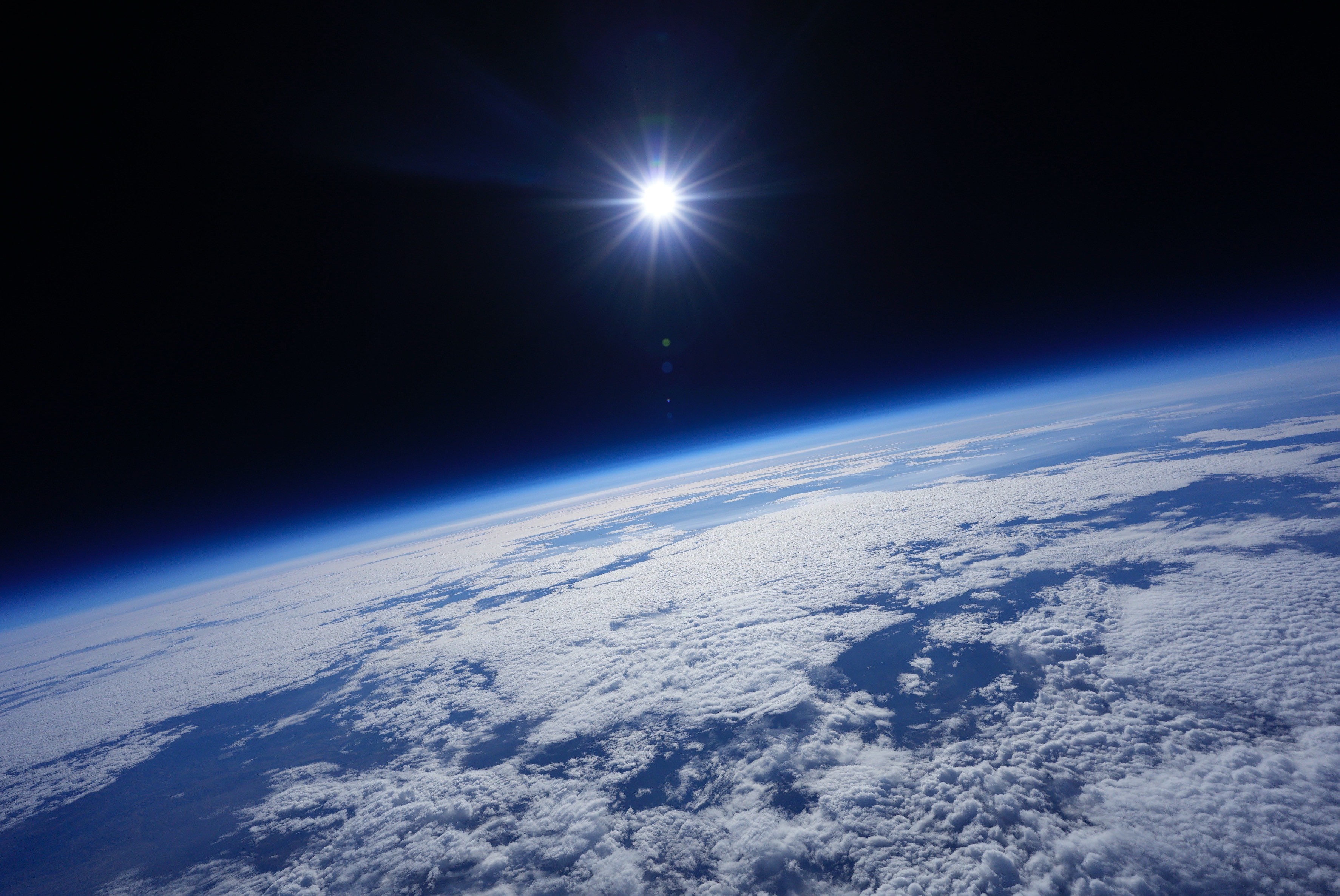Nationwide Eclipse Ballooning Project
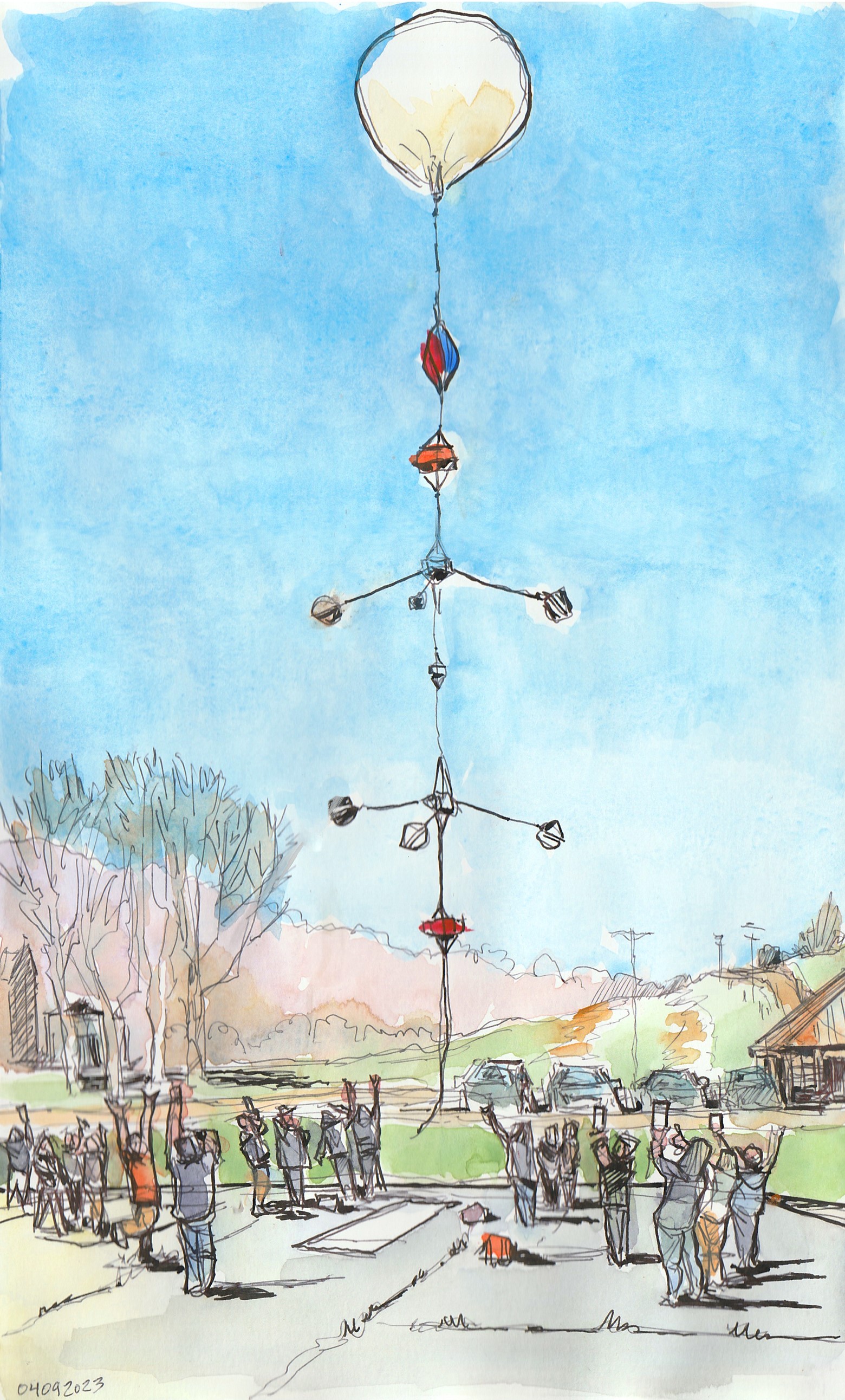
The idea to gather student teams from across the US to fly stratospheric balloons to investigate solar eclipses and share the awe-inspiring view from near space started in early 2014. After our first successful campaign in 2017, the research goals grew. What was the Eclipse Ballooning Project (EBP), for the 2017, 2019, and 2020 eclipses, has evolved into the Nationwide Eclipse Ballooning Project (NEBP) and boasts five successful solar eclipse ballooning campaigns. Students, researchers, and partners have published almost a dozen peer-reviewed articles (several more coming soon) and shared their passion via national and local media coverage across the United States.
NEBP is made possible through the participation of STEM learners from high school and higher education institutions. The recent 2024 total solar eclipse campaign included over 850 participants that comprised 53 teams from 75 participating institutions.
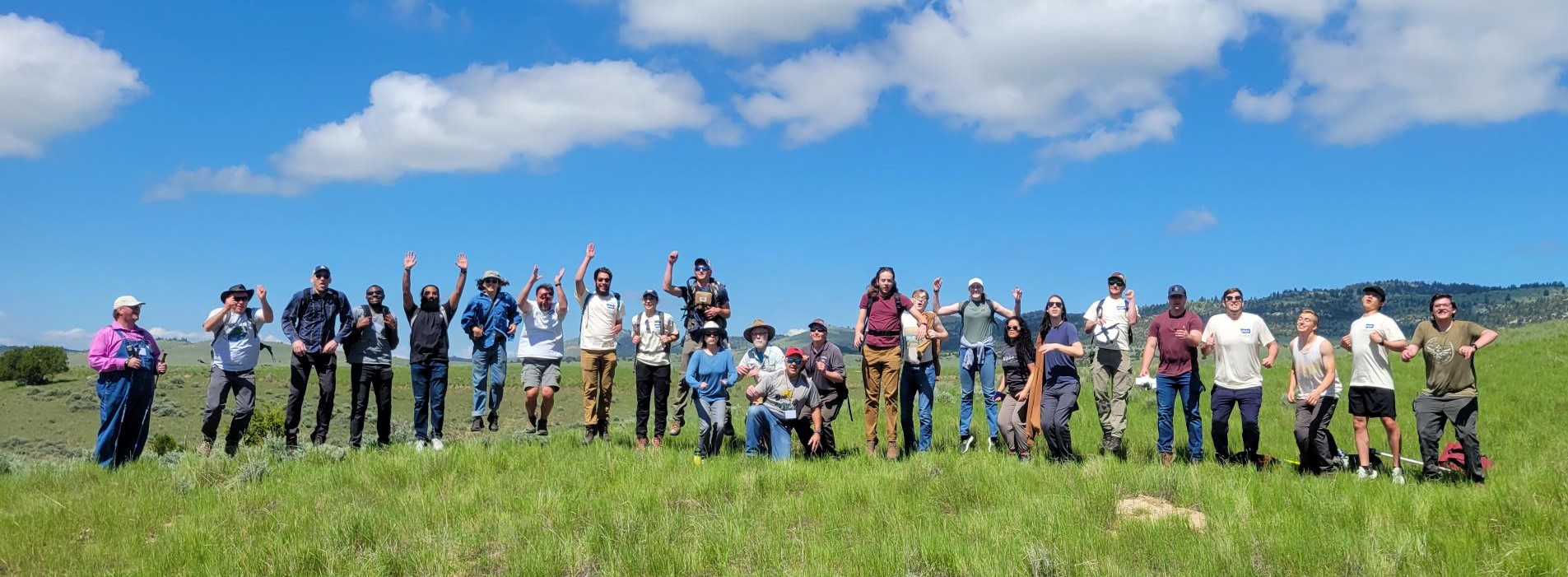
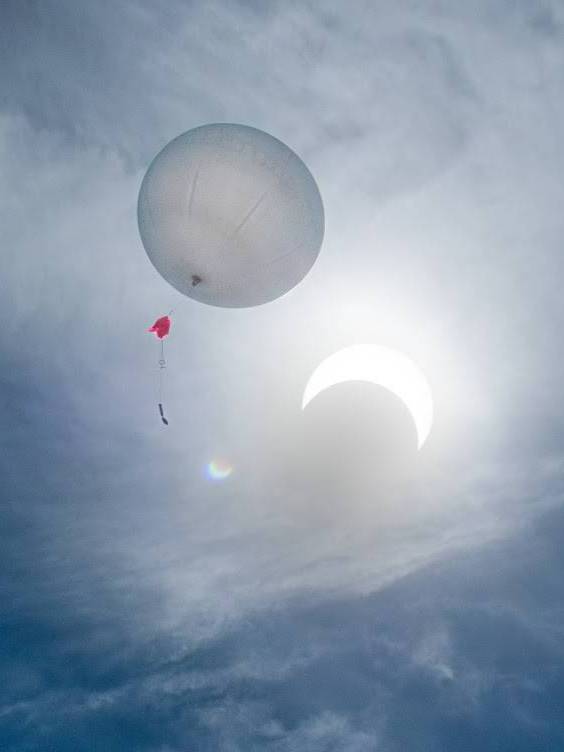
Results
The primary science question NEBP aims to answer is how the fast-moving, cold, dark shadow of the moon on the earth during the daytime affects the atmosphere. By examining how the atmosphere reacts in the special case of a total solar eclipse, we can understand more about the atmosphere in general, which can help us better predict the weather.
The 2019, 2020, 2023, and 2024 campaigns examined atmospheric gravity waves, planetary boundary layer effects, and tropopause changes. NEBP shared live-streaming video during the 2017, 2023, and 2024 eclipse. All data from the 2023 and 2024 eclipses are published on Dryad.
Academic Scientific Ballooning
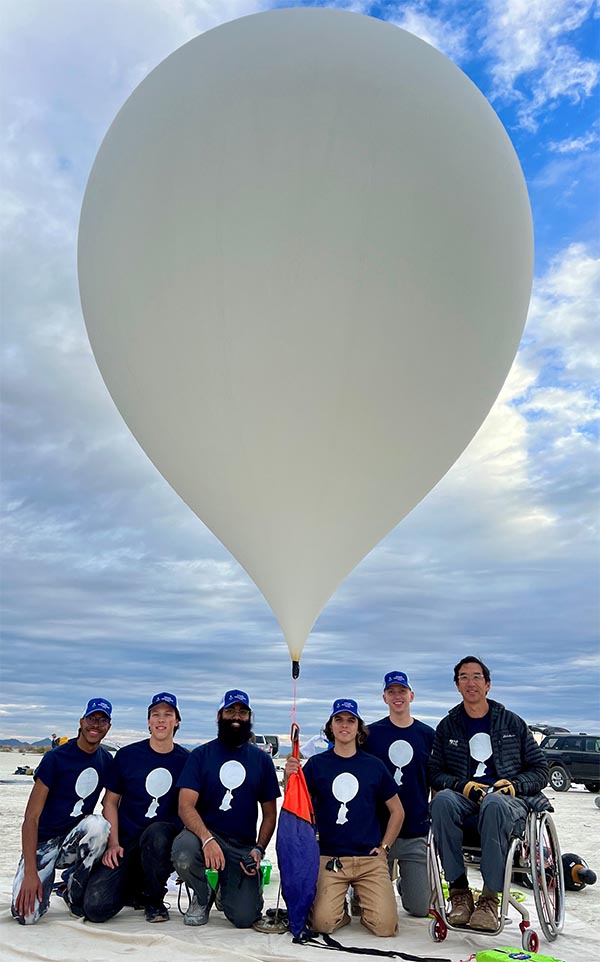
Since the early 2000s, scientific ballooning has been a common hands-on STEM learning activity in the US. Academic ballooning uses weather balloons carrying payloads of experiments weighing a total of less than 12 pounds to altitudes of approximately 100,000 feet. At these altitudes – above 99.5% of the atmosphere – payloads experience a space-like environment. Academic ballooning types can be generalized into two categories: 1) atmospheric science radiosondes and 2) student-built engineering platforms. Radiosondes are small standardized commercial off-the-shelf payloads of less than 190 grams that are used to measure atmospheric parameters through the stratosphere. Typical atmospheric science experiments include understanding gravity waves, planetary boundary layer changes, and weather patterns. Engineering balloon platforms are capable of lifting up to 12 pounds of student built payloads into the stratosphere. Typical engineering platform experiments include atmospheric measurements, imaging, cosmic radiation measurements, and space technology proofs of concept.
Solar Eclipses
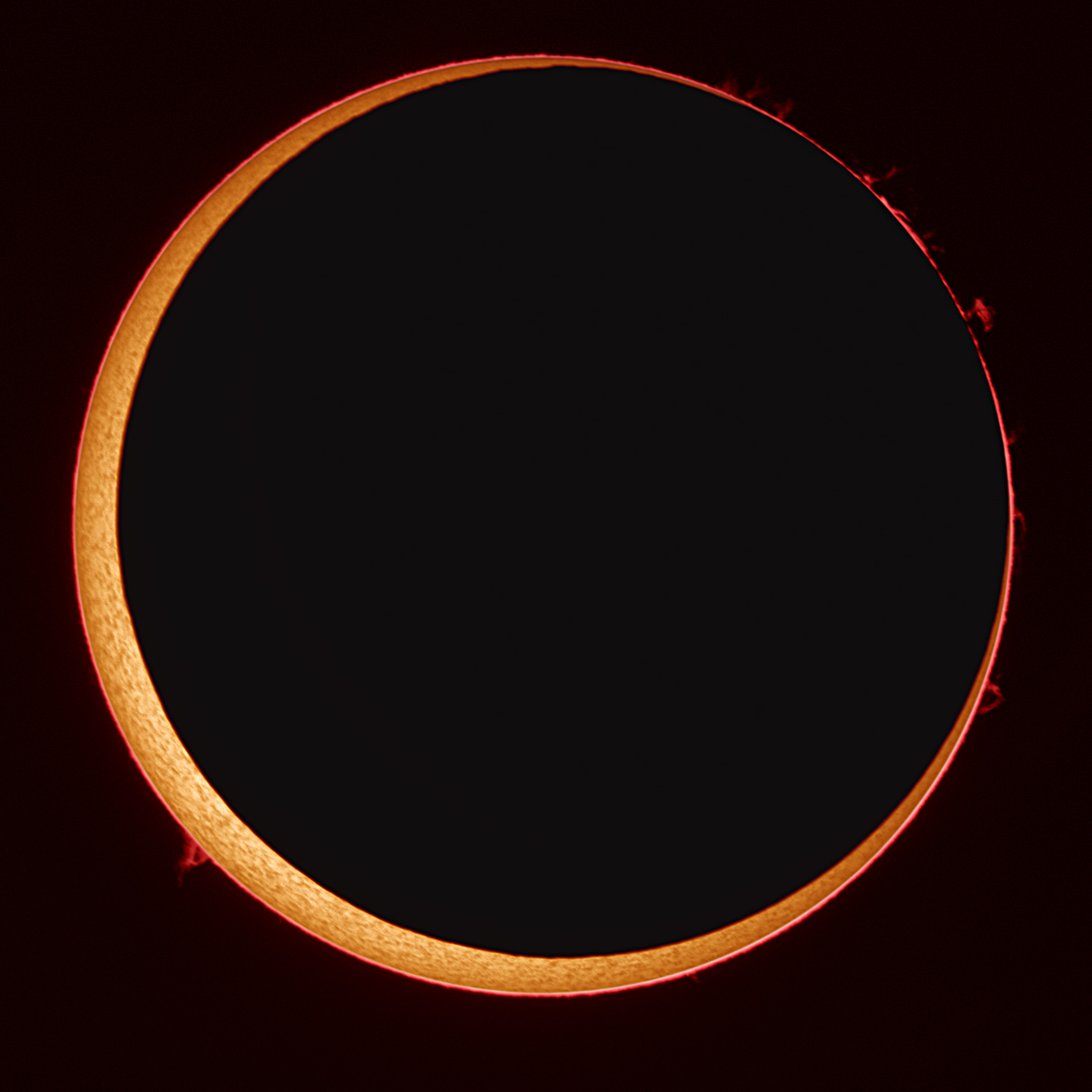
An eclipse is an awe-inspiring celestial event that involves the Sun, Moon, and Earth. People can experience a solar eclipse on Earth when the Earth, Moon, and Sun line up. A solar eclipse occurs when the Moon passes between Earth and the Sun, thereby obscuring the view of the Sun from a small part of Earth, totally or partially.
Speaker Series
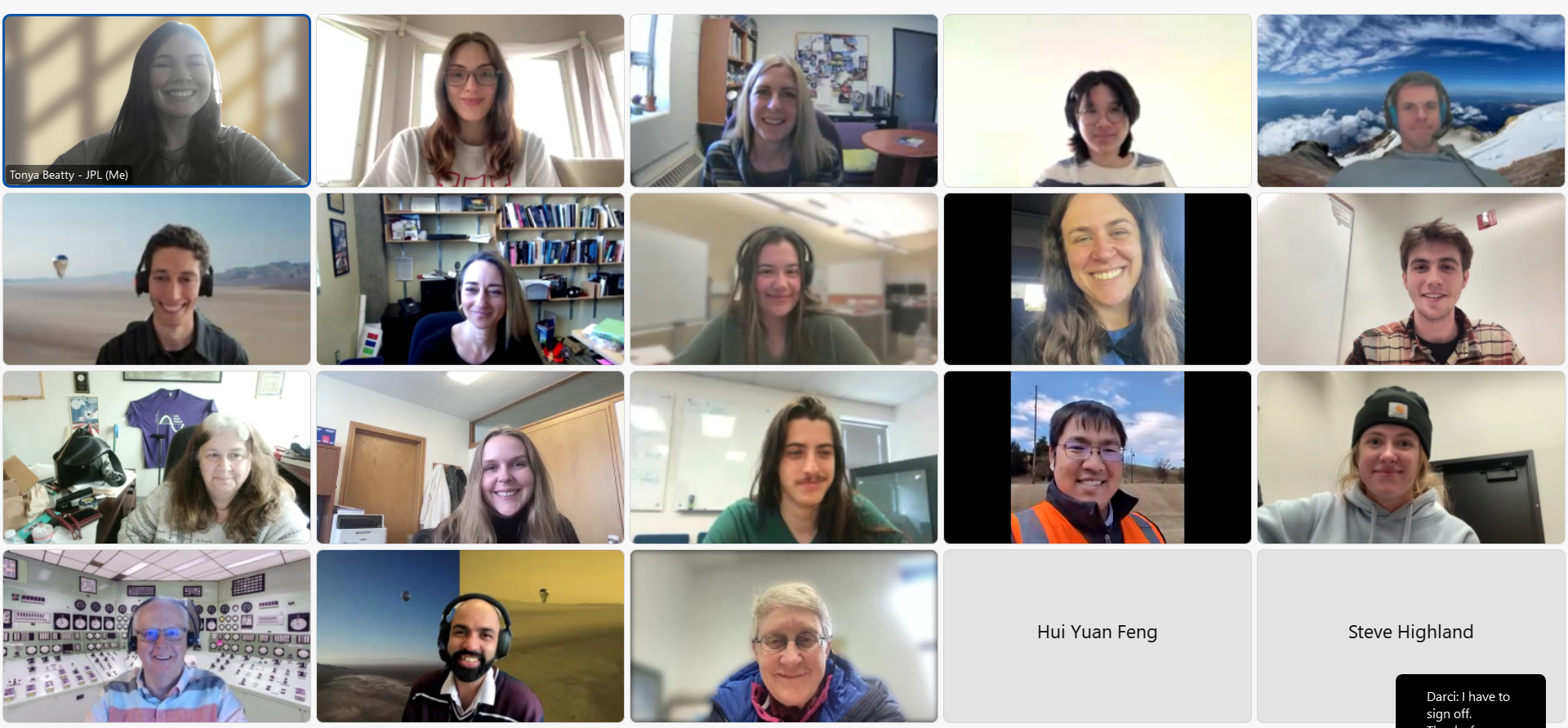
The NEBP Speaker Series was a set of student-centered virtual sessions to engage with subject matter experts, STEM educators, and NASA professionals. All 2023-24 sessions were recorded. Check them out to learn about diverse career paths, leadership experiences, and ballooning-related technical skill sets in the workforce.
Image Gallery
Past Eclipses
Read about our past eclipse ballooning missions. See how these undertakings have grown in scope, their objectives, paths of totality, and more!
This page was created at Montana State University-Bozeman. We acknowledge and honor, with respect, the Indigenous Nations on whose traditional territories the University now stands and whose historical relationships with the land continue to this day. We recognize that a land acknowledgment alone is not enough, but it is a reminder that we are on settled Indigenous land and that we must continuously learn more about these lands and people.

